Pregnancy diets, which are frequently discussed as medical advice and discussed in family lore, are actually the foundation for how life is formed before to birth. The nutrients a mother eats shape her child’s brain, bones, and body, turning ordinary meals into incredibly powerful blueprints for human development.
Protein simplifies the process of building muscles, tissues, and organs. It is the quiet sculptor. Because every ounce of protein supports the complex process of creating a new body, its presence in eggs, poultry, and legumes becomes especially advantageous during these months. Serena Williams once talked about how she kept meals high in protein handy during her pregnancy, emphasizing how nutrition is the cornerstone for mothers, especially those who are top athletes.
| Nutrient | Why It Matters | Food Sources |
|---|---|---|
| Protein | Builds baby’s muscles, tissues, and organs | Eggs, poultry, beans, nuts |
| Folic Acid | Prevents neural tube defects | Leafy greens, fortified cereals, citrus |
| Iron | Doubles blood supply and prevents anemia | Red meat, lentils, spinach |
| Calcium | Strengthens bones and teeth | Yogurt, cheese, milk, broccoli |
| Vitamin D | Helps absorb calcium, vital for bones | Salmon, fortified milk, eggs |
| Choline | Supports brain and memory development | Eggs, soybeans, lean meat |
| Omega-3 DHA | Aids brain and eye development | Salmon, walnuts, flax seeds |
| Fiber | Prevents constipation and balances sugar | Oats, fruits, whole grains |
| Vitamin C | Boosts immunity and iron absorption | Oranges, strawberries, peppers |
| Hydration | Regulates circulation and fluid balance | Water, soups, herbal teas |
Folic acid, which is naturally present in greens and frequently added to cereals, is nevertheless very comparable to a safety net. In ways that no single supplement can completely replace, it preserves brain development and prevents neural tube abnormalities. Conversations about how prevention starts long before birth were sparked by Meghan Markle’s emphasis on plant-forward diets throughout her pregnancy, which significantly increased public awareness of foods high in folate.
Iron, on the other hand, has a very obvious function: it doubles the blood supply, which oxygenates the mother and the infant. Without it, anemia impairs vitality and makes pregnancy more difficult. Here, lean beef, lentils, and spinach make excellent allies. Mothers everywhere might identify with Michelle Obama’s portrayal of nutrition as both social obligation and personal resilience, as she once recalled emphasizing iron-rich meals during her pregnancies.
Together, calcium and vitamin D perform a delicate dance in which one ensures absorption while the other builds bones and teeth. Dairy mainstays like milk, cheese, and yogurt continue to be surprisingly inexpensive supplies, and fortified milk and salmon offer an extra boost. These nutrients form the foundation of a child’s future height, strength, and mobility; they are more than just numbers on a chart. Through her frequent discussions on the value of a well-balanced diet, the late Princess Diana quietly changed how women of all generations perceived maternal health.
Despite being less well-known, choline has a very novel effect on memory and brain development. It emphasizes the benefits of incorporating traditional foods into a contemporary pregnancy diet and is found in large quantities in eggs. DHA in particular is still crucial for the development of the brain and eyes. Salmon, walnuts, and flax seeds are incredibly resilient foods that keep igniting discussions in health forums where influencers frequently highlight their advantages for expectant women.
Fiber is a subtle yet very effective regulator that is frequently underappreciated. In addition to avoiding constipation, which many expectant mothers experience, it also maintains blood sugar balance, which lowers the risk of gestational diabetes considerably. Fruits and vegetables are grounding staples, and Beyoncé’s rare insights into her mother’s diet reinforced the idea that entire foods have strength even in the face of cravings.
In contrast, vitamin C has a subtle but effective effect on iron absorption and immunity. A daily act of protection, such as eating an orange or a handful of strawberries, strengthens the idea that nutrients are interdependent. Hydration is also very beneficial yet sometimes disregarded. Soups, herbal teas, and water all help to balance energy, protect amniotic fluid, and control circulation. Hydration became even more important during the pandemic, as prenatal webinars highlighted the enormous value of something as simple as a glass of water.
Maternal nutrition has an impact on society that goes much beyond individual pregnancies. Prenatal vitamins have gone from being optional to necessary, fortified cereals have become commonplace in homes, and folic acid initiatives have dramatically decreased birth abnormalities over the last ten years. Gains in public health demonstrate that nutrition is a shared investment in future generations rather than a private endeavor.
This story has also been influenced by celebrities. Millions of mothers were moved by Chrissy Teigen’s candor about desires and balance, which served as a reminder that perseverance, not perfection, is what nutrition is all about. Cultural leaders have significantly raised awareness, transforming private kitchen discussions about pregnant diets into incredibly transparent public discourse.
Every nutrient that is ingested has an impact. Iron energizes blood, calcium creates bones, protein fortifies muscles, folate protects the spine, omega-3 fatty acids influence thought processes, and hydration maintains circulation. Nutrients transported in the bloodstream initiate the conversation between mother and child, silently writing the next chapter in human history instead of using words.
Additionally, society has started to acknowledge that everyone has responsibility for maternal nutrition. The availability of prenatal supplements, the transparency of food labeling, and even the inclusion of nutrient-dense options on restaurant menus have all increased. Knowledge that was once limited to clinical charts is now accepted as a cultural priority, as seen by the adoption of prenatal nutrition in society.
